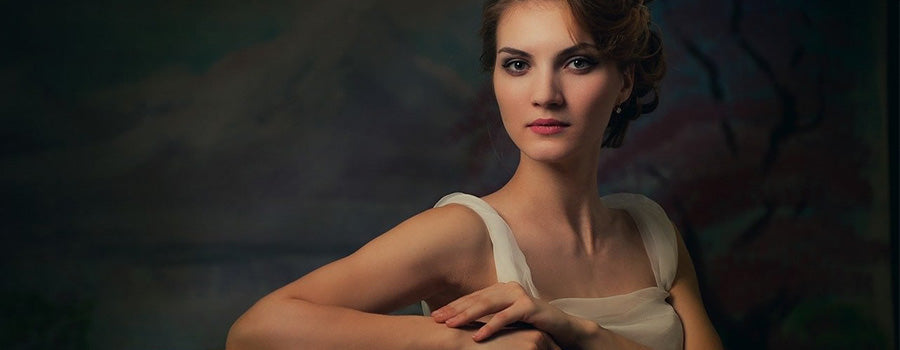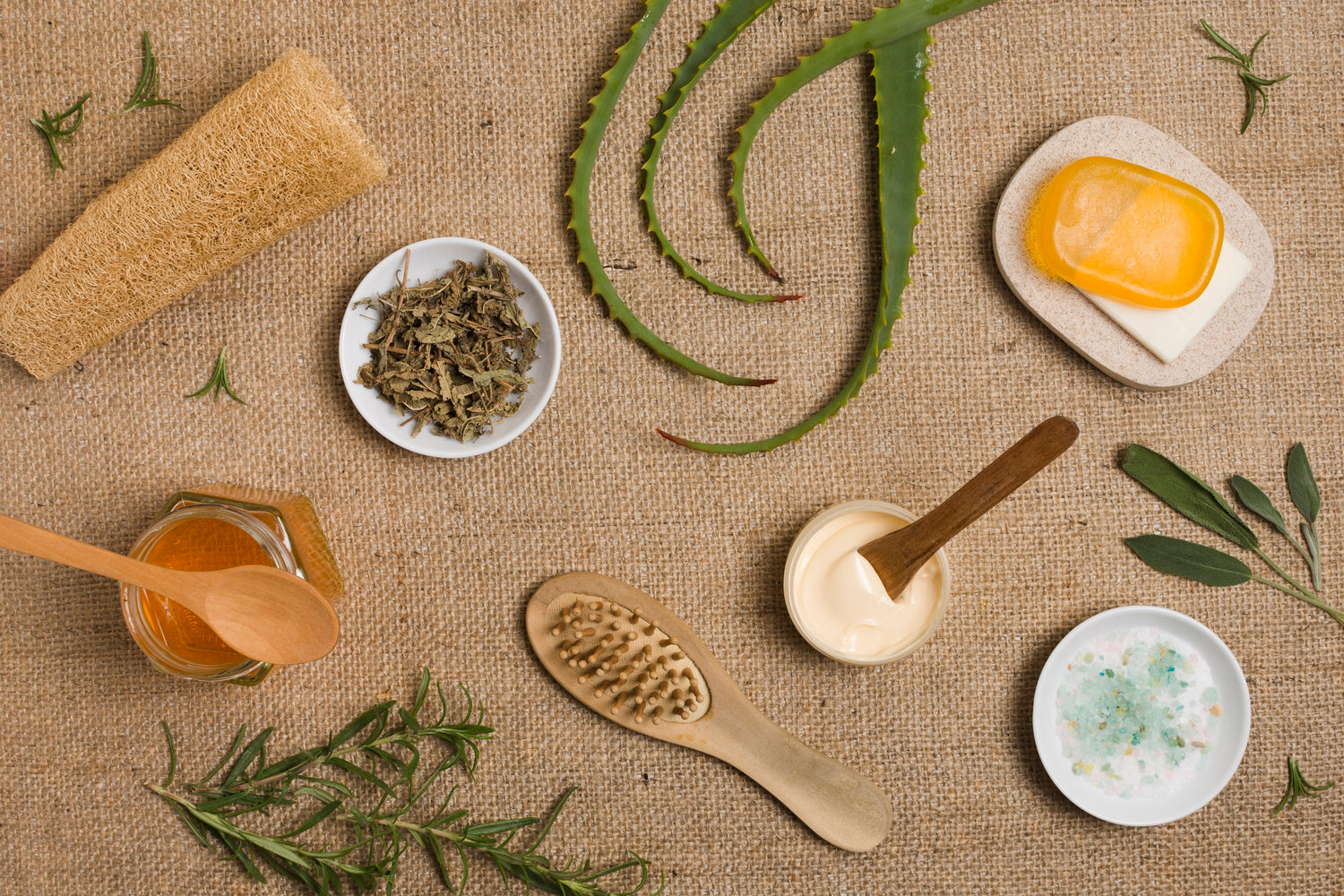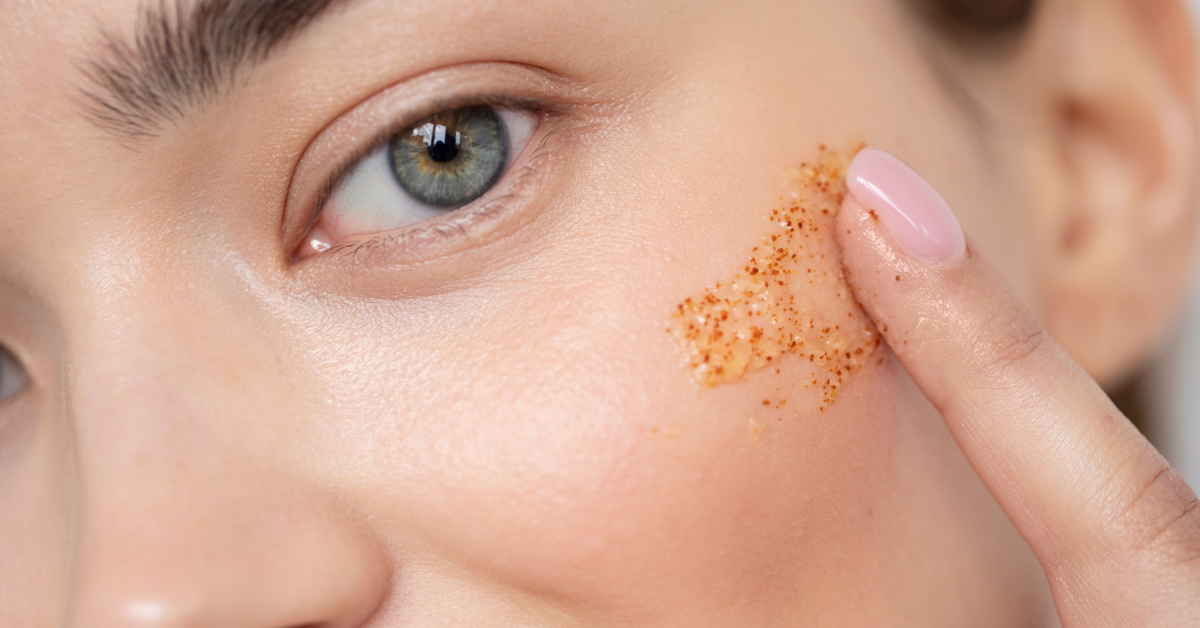Cosmetics in ancient Rome
It is incredibly interesting for me to read, look for and combing the history of cosmetics, understand how the tastes and routines have changed in the fact of beauty in the various eras, and be able to share information and curiosities through this blog.
In Rome, for example in the monarchical and republican times, the costumes were pretty strict, men and women had to demonstrate modesty and seriousness, even by giving a simple and sometimes austere image.
Everything changed in the imperial age, when Roman women saw the wonderful blond hair of the prisoners brought by Gaul and changed their look radically. Being blondes became synonymous with great charm... Men prefer blondes is not a cliché of the 1950s of the last century as can be deduced... Furthermore the use of cosmetics and makeup, although officially malicious, showed the belonging to the highest social classes, since it was a great expenditure of money and energies for the laborious beauty routine of the time, a real tour de force!
Matrons could have numerous slaves involved in makeup and wig: it started on long bathrooms where they were used, if not the precious donkey milk made famous by Poppea, very fine crete or bean flour to exfoliate the skin, followe by depilation carried out with resin paste or pumice stone, and then make-up, freshly prepared from specialized slaves, said cosmetae. The eyebrows were darkened and elongated with the help of a thin stick on which coal was placed or lead mine, the eyes surrounded with a compound made of abpressed ants, the skin of the face had to be white, so it was colored with a composed of clay and blame. Red lead wasused for the mouth, and real lipsticks were produced.
An interesting detail are the "active ingredients" of the imperial age cosmetics: they used bees drowned in honey, ants, clan and sheep's fat, deer marrow, dried snails and even bull's testicles!
To lighten the hair then went from gold dust spread on the crowns to dyes based on saffron, flowers and potassium water, extremely abrasive substance; another mode was that of the use of light hair cut wigs to slaves of Gaul, or the use of hair thinning with strands of Indian (dark) or Germanic (blonde and red) hair also different color than the natural one... the first mechès!
And men? From the II century B.C. it became a fashion shaving, thanks to the well-known Influencer and trend setter Scipio the African, and so the barbers were born, which, however, were very often reported by customers for wounds that caused their rudimentary tools... but of the rest... to appear you must suffer!





